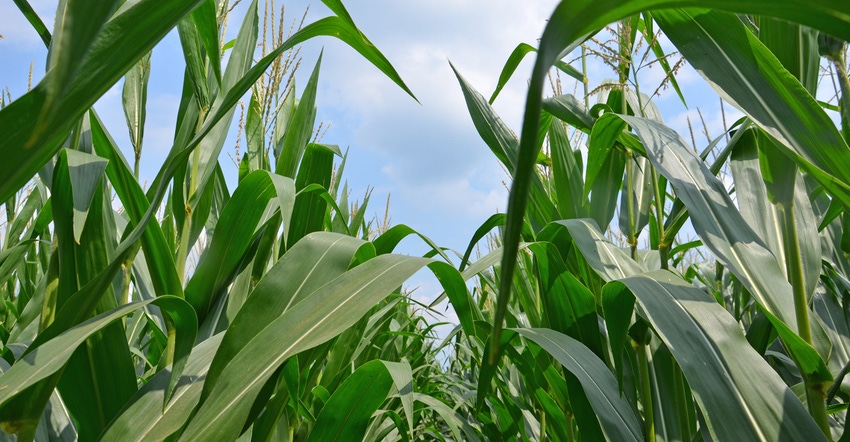March 3, 2021

I have seen many changes in corn hybrids and how corn is grown during my 62 years working with the crop. Let me start the journey of the development of corn hybrids from the beginning, even before my time in plant breeding:
Open-pollinated corn. Corn is a cross-pollinated crop, in contrast to soybeans, which are self-pollinated. Open-pollinated corn varieties were derived from Native Indian corn. Some enterprising farmers saved the best ears and used that seed for planting the next crop.
They discovered that they were improving standability, ear size and yield. Corn breeders later called it the Mass Selection method.
Around 1901, they started to sell to neighbors. One such farmer was James Reid. His variety, Reid Yellow Dent, was used by many breeders to develop modern hybrids.
Hybrid vigor. In 1909, corn scientists Edmund East and G.H. Shull discovered that they could develop pure breeding lines of corn by self-pollination. When they crossed inbred lines from different populations, hybrid plants produced more yield than the original populations. However, the inbred lines were too small and weak to produce seed to be sold as a single cross hybrid. So, the idea of commercial production of hybrid seed was put on hold.
Double cross hybrids. In 1922, corn scientist D.F. Jones discovered that two single crosses from different varieties when crossed together would yield more than any of the original populations. He called the new hybrids Double Crosses. Most of the land grant universities started their own corn breeding programs and started to distribute seed of promising inbred lines to progressive farmers who wanted to start their own seed companies.
At one time there were more than 400 seed companies in the Corn Belt. Some companies like DeKalb, Pioneer, Funks G of Illinois and PAG hired their own corn breeders.
Three-way cross hybrids. However, it was difficult to find four inbred lines that were compatible with each other to make successful new double cross hybrids. So, some companies came up with good three-way cross hybrids that had a single cross hybrid as a seed parent and an inbred line as a male pollinator parent. Some leading companies like DeKalb and Pioneer started to play with inbred lines again as seed parents of single cross hybrids. It was easier to find two inbred lines than three to develop a high-yielding hybrid.
Single cross hybrids. When I completed my doctorate at the University of Wisconsin and started as a trainee with DeKalb in 1964, they had released their short, single cross hybrid XL45. It was a cross between inbred W64A developed by my professor, Norman Neal, and OH43, developed by Glen Stringfield, a corn breeder at Ohio State University. It could be planted at high populations for the time: 30,000 seeds per acre. Most farmers were planting in 36- to 40-inch rows at 16,000 to 18,000 seeds per acre.
That was a major turning point toward higher corn yields. Today, growers plant single-cross hybrids. Technology is delivering new techniques that speed up the selection process. But plant breeding still boils down to finding two strong, compatible parent lines that produce a hybrid with better characteristics and/or yield potential than an already existing hybrid.
Nanda is director of Genetics for Seed Genetics Direct, Jeffersonville, Ohio. Email [email protected] or call 317-910-9876.
About the Author(s)
You May Also Like






